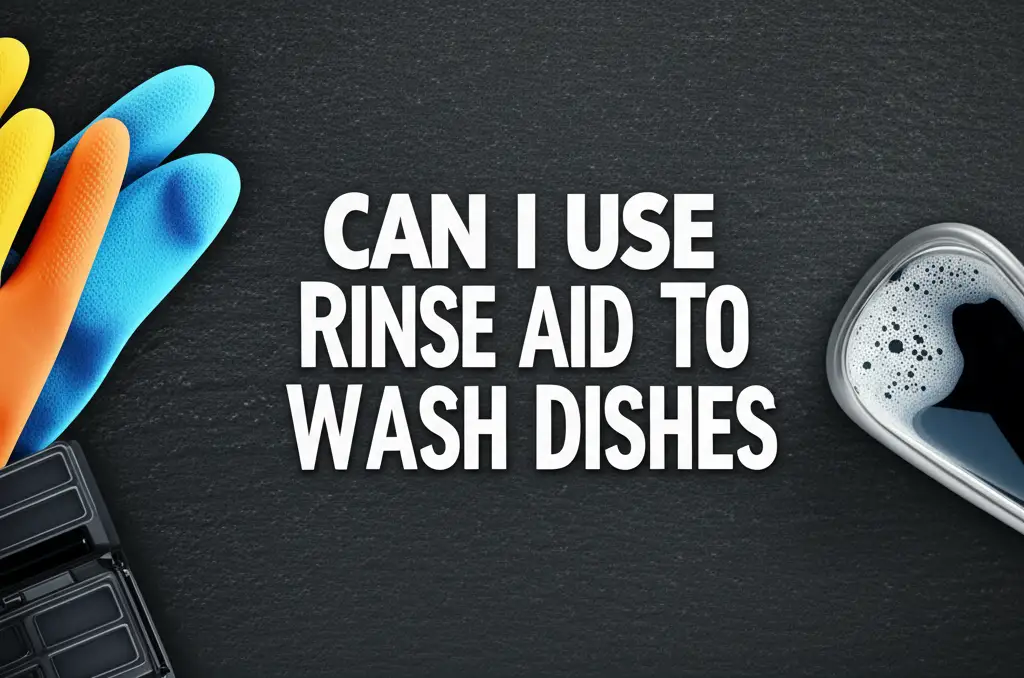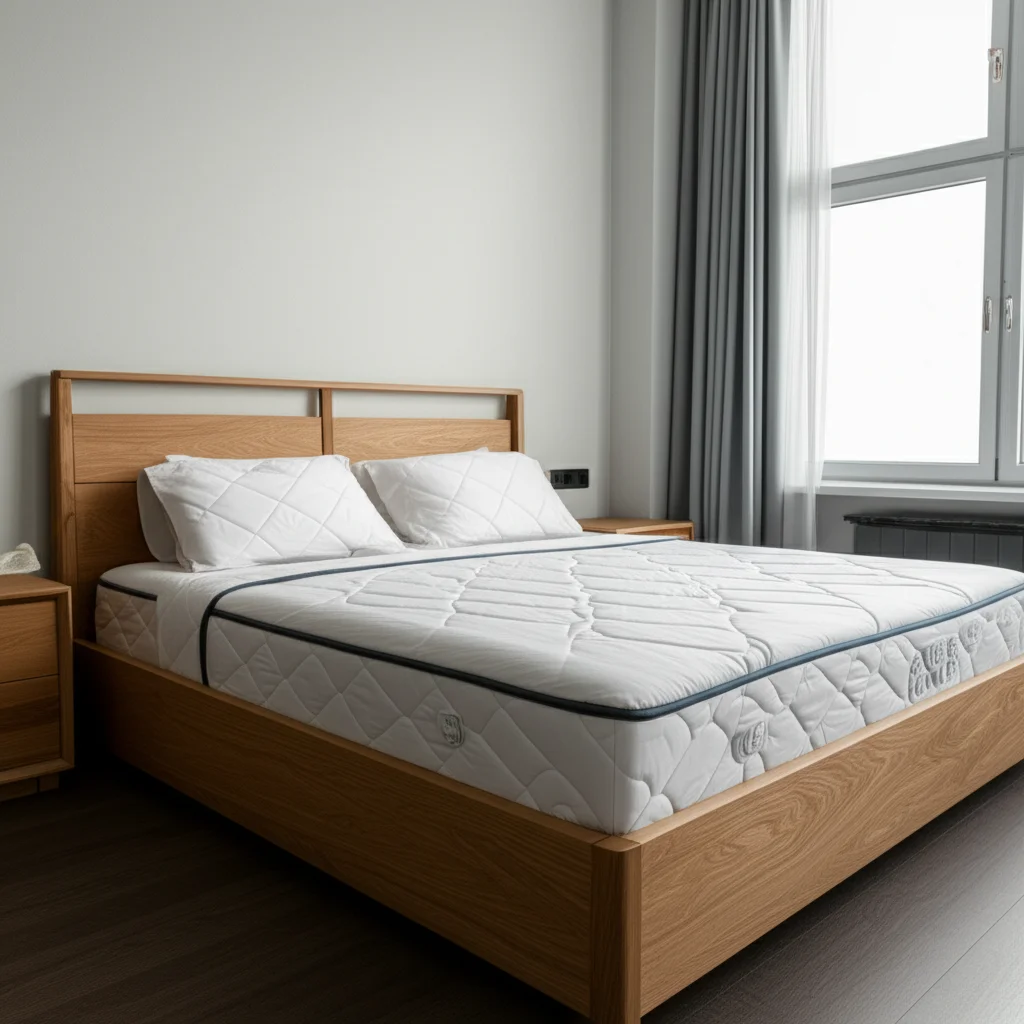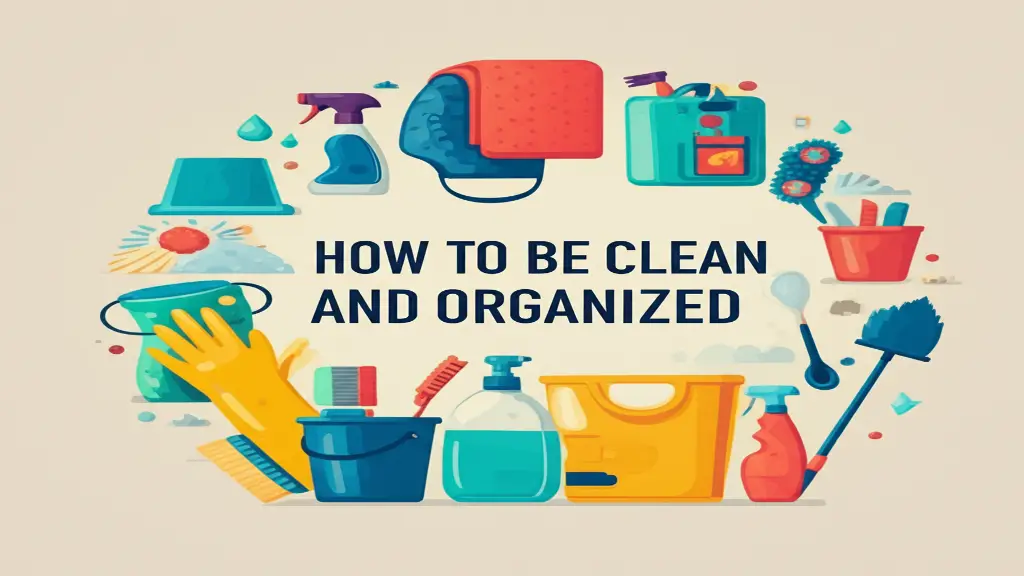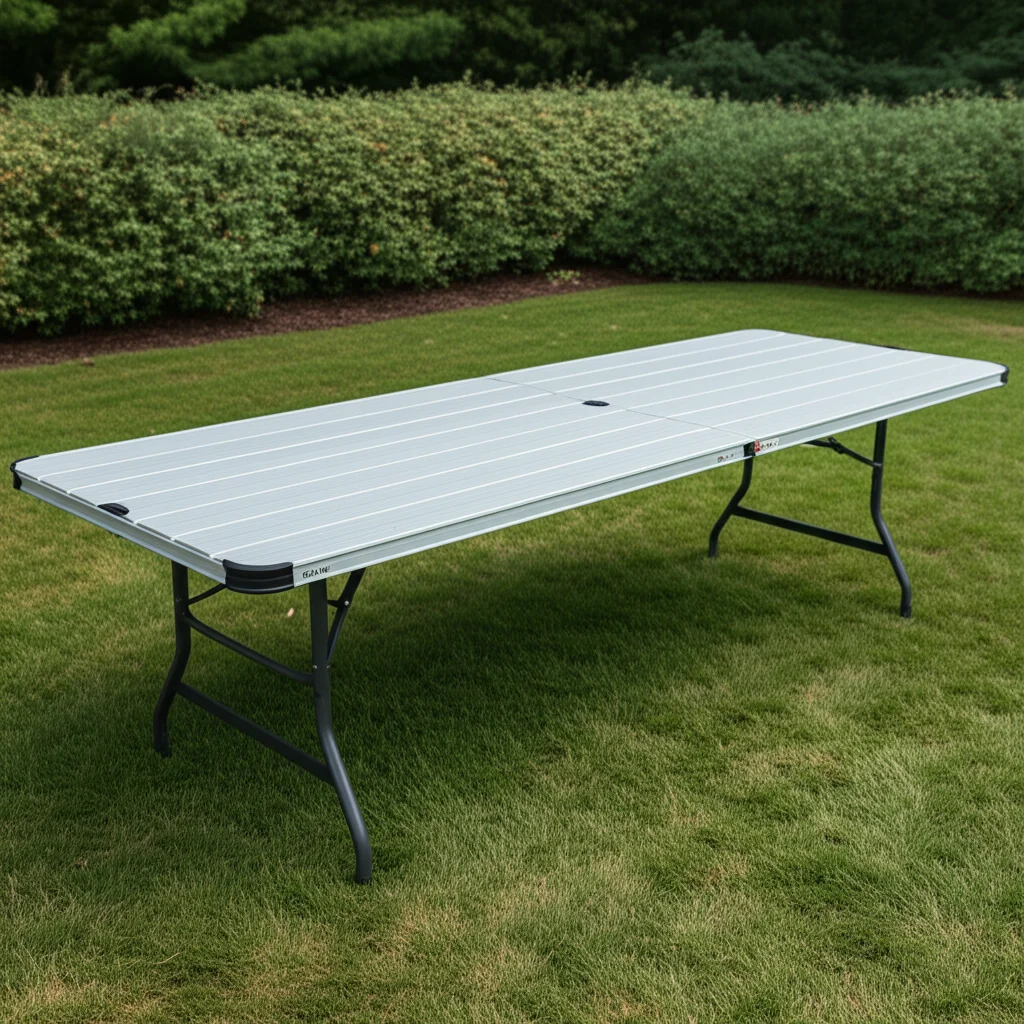· Todd Martin · Home Essentials · 16 min read
How To Keep Sofa From Sliding On Hardwood Floor
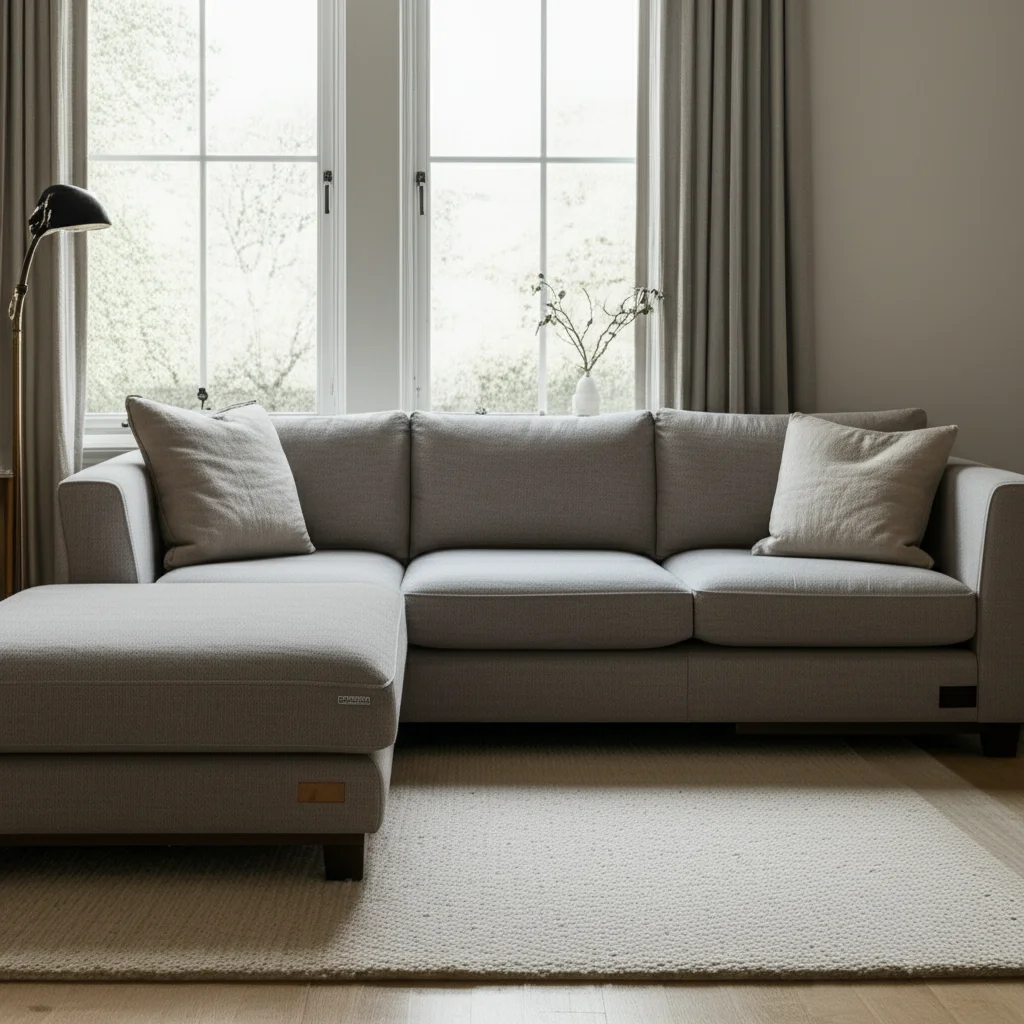
Keep Your Sofa Stable: Effective Ways to Stop Sliding on Hardwood Floors
Is your sofa constantly shifting across your beautiful hardwood floors? It is a common problem, and frankly, quite annoying. That feeling when you sit down, and the couch slides backward, or when guests come over, and the sofa moves with every sit or stand, it can be frustrating. Beyond the annoyance, a sliding sofa can also scratch your valuable hardwood, causing long-term damage.
I understand this challenge personally. I have seen how a simple shift can mar a perfect finish. This guide will help you keep your sofa from sliding on hardwood floor. We will look at why your sofa moves, then explore a variety of practical solutions. You will learn about specialized products, clever DIY fixes, and smart placement strategies. Our goal is a stable, secure sofa that protects your floors and enhances your living space.
Takeaway:
- Secure your sofa on hardwood with furniture grippers or pads.
- Use an appropriately sized area rug with a non-slip pad.
- Apply DIY solutions like rubber mats or hot glue to sofa feet.
- Ensure proper sofa placement against a wall or with other furniture.
- Keep hardwood floors clean to reduce slipperiness.
A sofa slides on hardwood floors because of low friction between the sofa legs and the smooth floor surface. To stop this, apply furniture grippers, non-slip pads, or rubber caster cups directly to the sofa legs. Alternatively, place an area rug with a proper non-slip rug pad underneath the sofa to create a stable anchor point, preventing any unwanted movement.
Understanding Why Your Sofa Slides on Hardwood Floors
It is important to know why your sofa moves before you can effectively keep sofa from sliding on hardwood floor. Hardwood floors offer a smooth, low-friction surface. This smooth surface provides little grip for many sofa leg materials. Common leg materials include wood, plastic, or metal, all of which tend to slide easily. The weight distribution of your sofa also plays a role.
When you sit down or stand up, the force you exert pushes the sofa. This force, combined with the low friction, causes the sofa to shift. Everyday activities like pets jumping on the couch or even vibrations from foot traffic can contribute to its movement. Over time, constant sliding can also damage your beautiful flooring. You may see scratches or scuff marks appear where the sofa legs scrape across the wood.
Dust and debris on the floor can also increase slipperiness. Small particles act like tiny ball bearings, further reducing friction between the sofa legs and the floor. This makes it even easier for your sofa to slide with minimal effort. Ensuring your floors are clean and well-maintained is a simple first step in addressing this issue. Keeping your floors pristine helps any anti-slip solution work better.
Humidity levels can affect wood floors. High humidity can cause wood to expand, potentially altering the surface slightly. Low humidity can make wood contract. These subtle changes can sometimes impact how much grip a sofa leg has. Understanding these factors helps us choose the best methods to secure your furniture.
Choosing the Right Furniture Grippers for Hardwood Floors
Selecting the correct furniture grippers is a highly effective way to keep sofa from sliding on hardwood floor. These products are designed specifically to increase friction. Many types of grippers exist, each offering unique benefits for different sofa styles and floor types. The goal is to create a strong, stable connection between your sofa legs and the floor.
One popular choice is rubber furniture pads. These pads attach directly to the bottom of the sofa legs. They are usually self-adhesive, making them easy to apply. Rubber offers excellent grip on smooth surfaces like hardwood. You can find them in various shapes and sizes to fit different leg designs. For instance, square pads fit square legs, and round pads work well for circular legs.
Another option is felt pads with a rubber base. These pads offer a dual benefit. The felt side protects your hardwood from scratches, while the rubber base provides the necessary anti-slip grip. They are good for furniture that you might need to move occasionally, as the felt allows for smoother sliding when lifted, but the rubber holds firm when the sofa is in place. Choose high-density felt and strong adhesive for best results.
Caster cups are ideal for sofas with wheeled legs or casters. These cups are typically made of rubber or a durable plastic with a rubberized bottom. The caster sits inside the cup, preventing it from rolling. This secures the sofa firmly in place. Ensure the caster cup size matches your sofa’s casters for a snug fit. Investing in quality caster cups protects your floor and keeps your sofa stationary.
For very heavy sofas, consider non-slip furniture feet made from dense, anti-slip rubber. These often replace the existing sofa feet. They provide maximum grip and stability. Some even come with a screw-in design for permanent attachment, offering superior security. Always measure your sofa’s existing leg dimensions before purchasing replacements. These solutions are very effective at stopping unwanted movement.
Utilizing Area Rugs and Pads to Anchor Your Sofa
Using an area rug with a proper pad is an elegant and effective solution to keep sofa from sliding on hardwood floor. A rug adds warmth and style to your room, but its primary function here is to create a stable surface for your sofa. The rug itself provides more friction than bare hardwood. However, a rug alone can slide, so a rug pad is essential.
Select an area rug that is large enough for your sofa to sit completely on it, with at least the front legs resting on the rug. Ideally, all legs should be on the rug. This anchors the sofa securely. When choosing a rug, consider its pile and material. A rug with a denser pile generally offers more resistance to movement. You can learn more about suitable rugs for hardwood floors here: What Kind of Rugs Are Safe for Hardwood Floors.
The true hero in this setup is the non-slip rug pad. These pads are placed directly between the area rug and the hardwood floor. They are designed with a high-friction material, often natural rubber or a rubber-blend. This material grips both the rug above it and the hardwood floor below. It prevents the rug from shifting, which in turn prevents the sofa from moving. Proper rug pad selection is crucial.
Measure your rug carefully before buying a pad. The pad should be slightly smaller than the rug, usually by an inch on each side. This keeps the pad from showing around the edges of the rug. Ensure the pad is rated as non-slip for hardwood floors. Some pads also offer cushioning, which adds comfort underfoot. A good rug pad extends the life of your rug and protects your floors from scratches. For tips on placing a rug with a sectional, see: How to Place an Area Rug Under a Sectional Sofa. If you have other rugs that slide, these tips might also help: How to Keep Area Rugs from Slipping on Hardwood Floors.
DIY Solutions to Stop Sofa Movement on Hardwood
If you need a quick fix or prefer not to buy specialized products, several DIY methods can help keep sofa from sliding on hardwood floor. These solutions often use common household items. They can be very effective for temporary use or as a permanent solution. The key is to increase friction at the sofa’s contact points with the floor.
One simple method involves using rubber mats or shelf liners. Cut small squares of non-slip rubber mat or shelf liner. Place one square under each sofa leg. The rubber material creates excellent friction against the hardwood floor. These mats are inexpensive and easy to find. Make sure the cut pieces are large enough to cover the entire foot of the sofa leg for best results. This prevents the leg from slipping off the mat.
Another creative DIY trick involves hot glue. If your sofa has wooden or plastic feet, apply a few dots or a thin zigzag pattern of hot glue directly to the bottom of each foot. Let the glue dry completely. The dried hot glue creates a textured, rubbery surface that grips the hardwood. This method is surprisingly effective and offers a durable anti-slip layer. Test a small, inconspicuous area first to ensure it does not damage your floor or sofa finish.
Old rubber gloves or bicycle inner tubes can also be repurposed. Cut small pieces from these items. Attach them to the bottom of your sofa legs using strong adhesive or by wrapping them securely. The rubber material provides good friction. This is a great way to reuse materials you might otherwise discard. Ensure the rubber is clean and dry before attachment for maximum grip.
For very light sofas, consider filling the legs with sand or weights if they are hollow. This increases the overall weight of the sofa, making it harder to slide. This is a more involved DIY project but can be very effective. Always ensure the sofa legs can safely support any added weight without damage. These DIY methods offer practical, budget-friendly ways to secure your sofa.
Proper Placement and Furniture Arrangement for Stability
Strategic placement and furniture arrangement can significantly help keep sofa from sliding on hardwood floor. Sometimes, the solution is not about what you add to the sofa, but where you put it. Thinking about the room’s layout and how the sofa interacts with other elements can provide natural stability. This approach combines function with good design.
Placing your sofa against a wall is often the simplest and most effective method. The wall acts as a natural barrier, physically preventing the sofa from sliding backward. This is especially useful for sofas used frequently or in high-traffic areas. Make sure the sofa is flush against the wall for maximum stability. If you worry about scuffs on the wall, you can add furniture bumpers to the back of the sofa.
If placing the sofa directly against a wall is not an option, consider using other heavy furniture pieces to “anchor” it. For example, a heavy coffee table or an armchair placed directly in front of the sofa can provide some resistance. The sofa cannot slide far if another piece of furniture blocks its path. This method works well in open-plan living spaces. This works similarly to how a heavy desk can prevent a chair mat from sliding: How to Keep Chair Mat from Sliding on Hardwood Floors.
Arranging your entire living room layout with stability in mind can also help. For instance, if you have a large L-shaped or U-shaped sectional, its inherent weight and multiple contact points make it less likely to slide than a single, lightweight sofa. The collective weight of connected pieces offers more resistance. Consider the overall balance of your room.
Even without direct physical anchors, simply positioning your sofa in a low-traffic zone can reduce sliding. If the sofa is not constantly subjected to people sitting down or pushing off it, it will naturally move less. Think about the flow of movement in your room. Directing foot traffic away from the sofa’s sliding path can preserve its position.
Maintaining Your Hardwood Floors to Prevent Slipping
Maintaining your hardwood floors properly is a crucial, often overlooked, step to keep sofa from sliding on hardwood floor. A clean floor provides a better surface for anti-slip solutions to work. Dirt, dust, and certain cleaning residues can make your floors more slippery, counteracting any efforts to secure your sofa. Regular and correct cleaning is essential.
Start with regular sweeping or vacuuming. Dust, pet hair, and tiny debris can accumulate on hardwood floors. These particles act like ball bearings under sofa legs, significantly reducing friction. Sweeping daily or every other day helps remove these culprits. Use a soft-bristled broom or a vacuum cleaner with a hardwood floor attachment to avoid scratching the surface. This keeps the floor clean and helps furniture pads grip better. Learn more about general hardwood cleaning here: How to Clean Hardwood Floors.
Beyond daily dry cleaning, periodic damp mopping is also necessary. Use a hardwood-specific floor cleaner. Avoid using too much water, as excess moisture can damage hardwood. A slightly damp mop is all you need. Ensure you dry the floor thoroughly after mopping. Some household cleaners can leave a residue that makes floors slippery, so always choose products formulated for hardwood. For natural cleaning options, consider: How to Clean Hardwood Floors Naturally.
Be cautious with floor waxes or polishes. While they can make floors shiny, some products can also make them incredibly slippery. If you use a polish, ensure it is designed to be non-slip or has good friction properties. Always read product labels carefully. If your floors are too shiny, this might indicate a slick surface. Older hardwood floors might need specific care: How to Clean Old Hardwood Floors.
Finally, address any spills immediately. Water, oil, or food spills can make a small area of your floor very slick. Clean them up promptly to prevent accidents and maintain floor integrity. A well-maintained, clean hardwood floor offers the best foundation for any anti-slip strategy for your sofa.
Addressing Specific Sofa Leg Types for Better Grip
The type of legs on your sofa greatly influences how you can best keep sofa from sliding on hardwood floor. Different leg materials and designs require specific anti-slip approaches. Understanding these differences helps you choose the most effective solution. Tailoring your method to the leg type ensures maximum stability.
Sofas with wooden legs are common. These legs often have a smooth, finished surface that offers little friction. For wooden legs, self-adhesive rubber pads or felt-and-rubber combo pads work very well. Apply them directly to the bottom of each leg. Ensure the surface of the leg is clean and dry before applying the adhesive for a strong bond. Cut the pads to match the shape and size of the leg base precisely.
Metal legs also tend to be very slippery on hardwood. They can also scratch floors easily if not protected. For metal legs, robust rubber furniture cups or heavy-duty rubber pads are ideal. Some metal legs are hollow, which might allow for internal plugs with a rubber base. Always choose durable rubber that can withstand the weight of the sofa without flattening too much. Ensure the product states it is safe for hardwood floors to prevent discoloration or damage.
Sofas with plastic legs are often lightweight and prone to sliding. Plastic provides minimal friction on hardwood. High-quality, durable rubber pads are the best defense here. Consider using a strong adhesive to ensure the pads stay attached to the plastic. You might also find plastic legs with pre-molded recesses designed to accept a specific type of gripper. Always check if the plastic can handle the adhesive without degrading.
For sofas with caster wheels, the primary solution is caster cups. These are small cups, often made of rubber or plastic with a non-slip base, designed to hold the wheel in place. The wheel sits inside the cup, preventing it from rolling. Choose cups that match the size of your casters to ensure a secure fit. This prevents the sofa from moving while still allowing for easy repositioning if you lift the casters out of the cups. Proper leg solutions ensure your sofa remains a stable anchor in your living space.
Conclusion
Nobody wants a sofa that constantly moves across their beautiful hardwood floors. The good news is, by understanding the common causes of sofa sliding and applying the right solutions, you can effectively keep sofa from sliding on hardwood floor. We have explored a range of options, from specialized furniture grippers and the strategic use of area rugs with non-slip pads to clever DIY fixes. We also discussed the importance of proper sofa placement and regular hardwood floor maintenance.
Implementing these strategies will not only put an end to annoying sofa shifts but also protect your valuable flooring from scratches and wear. A stable sofa enhances the comfort and aesthetics of your living space. You can enjoy your furniture without constant adjustments or worry. Take action today to secure your sofa. Choose the method that best suits your sofa type and lifestyle. Your hardwood floors and your peace of mind will thank you for it.
FAQ
Q1: What is the most effective way to stop a sofa from sliding on hardwood floors?
The most effective way often involves using high-quality rubber furniture pads or cups designed for hardwood. These attach directly to the sofa legs, creating significant friction. Pairing this with an area rug and a non-slip rug pad also offers excellent stability by anchoring the sofa over a larger surface area.
Q2: Can I use regular felt pads to stop my sofa from sliding?
Regular felt pads are great for preventing scratches, but they are not effective at stopping sliding on hardwood. Felt is designed to reduce friction for easy furniture movement. Instead, choose felt pads that have a rubber or non-slip backing to get both floor protection and anti-slide benefits.
Q3: How do I choose the right size furniture gripper?
Measure the bottom of your sofa’s legs before buying grippers. Select pads or cups that closely match the size and shape of your sofa feet. A gripper that is too small might not provide enough grip, and one that is too large might be visible or less stable.
Q4: Will an area rug alone prevent my sofa from sliding?
An area rug alone may reduce sliding, but it often will not fully prevent it. Rugs can also slide on hardwood floors. For complete stability, always use a high-quality non-slip rug pad underneath your area rug. The pad grips both the rug and the hardwood, creating a secure foundation.
Q5: Can dirty hardwood floors make my sofa slide more?
Yes, dirty hardwood floors can definitely make your sofa slide more. Dust, pet hair, and debris act like tiny rollers under your sofa legs, reducing friction. Regular cleaning and proper floor maintenance ensure that any anti-slip solutions you apply work as effectively as possible.
Q6: Are there solutions for sofas with very thin or unusual leg shapes?
For sofas with very thin or unusually shaped legs, look for flexible rubber strips that can be cut to size and adhered, or specialized non-slip caps designed for various leg dimensions. In some cases, a custom-cut non-slip mat placed directly under the specific leg might be the best option.


